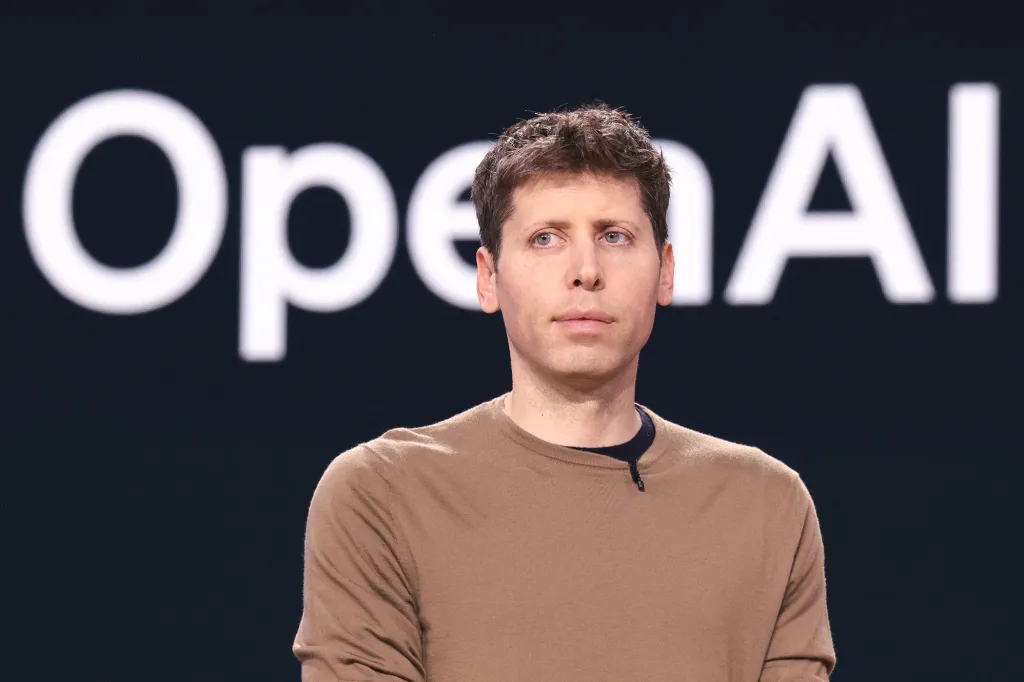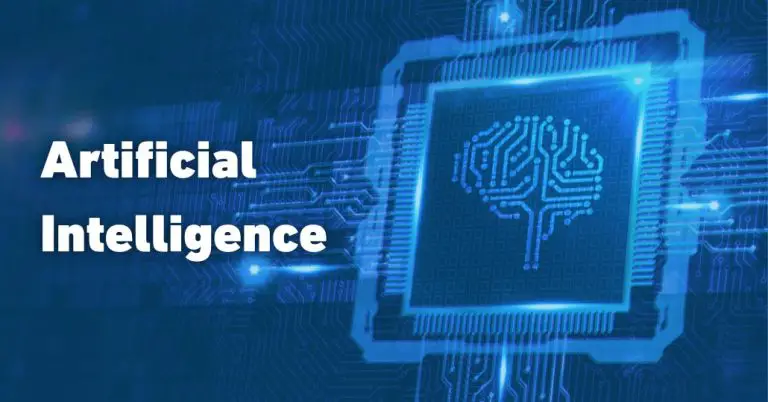
OpenAI is preparing to release a new open-source AI model this summer, marking its first such initiative since GPT-2. This move is part of the company’s effort to embrace a more transparent and collaborative approach to AI development. The upcoming model, led by Aidan Clark, OpenAI’s VP of Research, is designed to excel in complex reasoning tasks, similar to the company’s o-series models like o1 and o3.
The new model focuses on being highly accessible, capable of running on high-end consumer hardware. It will feature a “text in, text out” interface and may enable developers to toggle its reasoning capabilities on or off. This balances accuracy with performance speed. OpenAI is considering a permissive license for this model, reducing usage and commercial restrictions to encourage widespread adoption and innovation.
This initiative comes as OpenAI faces increasing competition from other organizations that have adopted open approaches to AI model development. For instance, Meta’s Llama models have been downloaded over a billion times, and Chinese AI lab DeepSeek has rapidly expanded its user base. By releasing an open model, OpenAI focuses to promote community engagement and keep pace with these developments.
Related links you may find interesting
In terms of safety, OpenAI plans to conduct thorough evaluations of the new model, including internal and external testing, before its release. The company will publish a detailed model card outlining the results of these evaluations, ensuring transparency about the model’s capabilities and risks. This approach aligns with OpenAI’s updated Preparedness Framework, which focuses on assessing and mitigating potential risks associated with advanced AI systems.
OpenAI’s CEO, Sam Altman, has acknowledged the need for a revised open-source strategy, indicating a shift in the company’s philosophy towards more openness and collaboration. This upcoming release represents a significant step in that direction, potentially setting a new standard for openness and safety in AI development.
For developers and researchers, this open model offers an opportunity to explore advanced reasoning capabilities without the constraints of restrictive licenses. It also provides a platform for experimentation and innovation, contributing to the broader AI community’s growth and progress.
As the release date approaches, OpenAI’s commitment to transparency, safety, and community engagement will be closely watched by industry observers and stakeholders alike.




